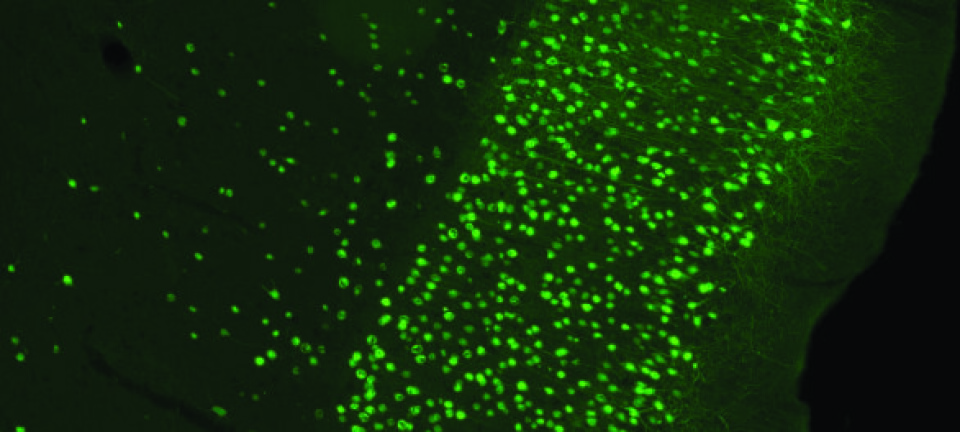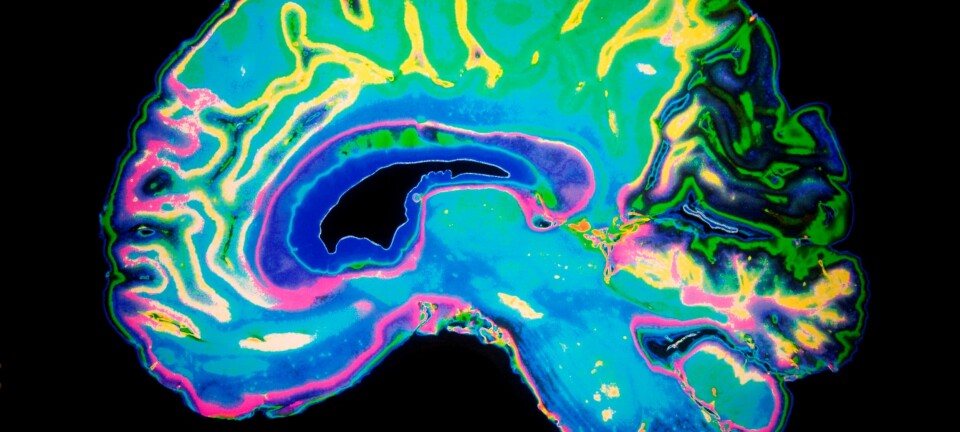Mice experiments explain how addiction changes our brains
Experiments on mice show that drug abuse leads to permanent changes in the brain. Meet one of the scientists who is trying to reverse this damage and treat addictive behaviour.
Addiction to drugs such as cocaine can cause long-term changes in dopamine producing neurons in the brain, making it hard to fully recover and beat the addiction.
Christian Lüscher, a professor in neurology at University of Geneva, Switzerland, was the first to demonstrate this. His experiments with mice (see the video above) have provided insightful knowledge on the neurobiology behind addiction.
Lüscher presented his research at Speakers Corner, hosted by ScienceNordic during the FENS Forum for Neuroscience, 2016, which took place in Copenhagen, Denmark.
You can watch his full presentation in the video below.
Mice cannot get enough dopamine
Lüscher and his team have been studying addiction using mice. In one of his experiments, the mice have a lever that they can press any time they want. When they press the button, a special optical sensor, which controls specific neurons in their brain, activates their dopamine neurons.
The mouse quickly start to show the tell tale signs of addictive behaviour as they happily keep pressing the lever to receive more and more dopamine.
“If after two hours we didn’t take them out of the cage, they wouldn’t eat, they wouldn’t drink, then they’d probably die quickly, but very happily,” says Lüscher, speaking during the conference.
But what exactly happens in their brains when the mice press the lever over and over again?
Read More: What are the hottest trends in neuroscience?
Three mechanisms lead to addiction
“It all begins when addictive drugs activate a system in the brain called the mesolimbic reward system,” says Lüscher.
The mesolimbic reward system releases dopamine in the so-called ventral tegmental area (VTA) of the brain. Addictive substances such as nicotine, cocaine, or heroin, target a different cellular process, or a different part of the VTA.
Lüscher identified three cellular mechanisms that drive the increase of dopamine and therefore addiction.
Substances such as nicotine have a direct effect on the dopamine neurons to increase dopamine. Where as substances such as cocaine, amphetamines, and ecstasy have an indirect effect on the dopamine neurons to increases dopamine.
Substances such as opioids, GHB, benzodiazapines, and cannabis also have an indirect effect, but they affect the so-called GABA neurons, which control the activity of the dopamine neurons, and in doing so also increase dopamine in the brain.
But Lüscher and his team have not only identified what leads to addiction. They have also identified the traces of so-called addiction induced plasticity--the long-term changes in the brain caused by addictive substances.
In fact the addiction-induced changes in the brain remain, even if you stop taking drugs for long enough so that the drugs have completely left their system, says Lüscher.
Read More: Test yourself: Are you addicted to shopping?
Reversing the damage caused by drugs
Lüscher and his team have spent several years identifying the mechanisms responsible for the long-term synaptic changes in the brain caused by addiction. Now they are investigating how they can reverse these changes with a method called 'deep brain stimulation'.
“During the last three to four years we’ve started to establish a line of translational research, where we believe that deep brain stimulation could be a technique that allows us to interfere very specifically with circuits that matter in motivated behaviour and also drug addiction,” he says.
Lüscher and his colleagues demonstrated this with mice experiments in a study published in the journal Neuron.
“This is something one can take further and this may actually then lead to new forms of deep brain stimulation. A technique that we can readily use in humans,” he says.
---------------------
Read the Danish version of this article on Videnskab.dk









